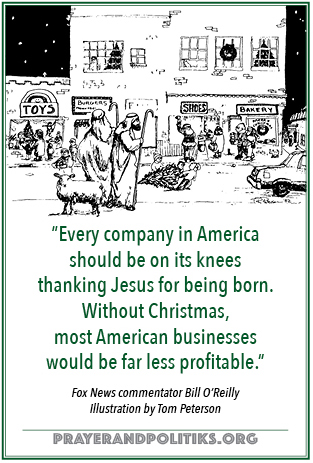Signs of the Times • 17 December 2015 • No. 50 (WOO-hoo!)
¶ Processional. “Ode to Joy” flashmob performance (orchestra and choir), Sabadell, Spain.
 ¶ A full moon will rise on Christmas for the first time since 1977, only the ninth in US history. The next coincidence won’t occur until 2034.
¶ A full moon will rise on Christmas for the first time since 1977, only the ninth in US history. The next coincidence won’t occur until 2034.
Right: Full moon over the Bridger Mountains near Bozeman, Montana. Photo by Bruce T. Gourley.
¶ Invocation. “Sisters and Brothers, bend an ear to the singing of angels. Not that of seasonal carolers who pause at lace-curtained windows: offering familiar and favorite tunes in delicious harmony and frosted breath, providing splendid distraction from the agonized arias of the innocent. But for angels who, in the midst of Caesar’s endless census, erupt from darkest eclipse with unnerving news.” —continue reading Ken Sehested’s poem, “The Singing of Angels”
¶ Call to worship. “Canticle of the Turning” performed by Emmaus Way.
In case you haven't already figured this out, you can listen to the music links and read at the same time. Simply open two side-by-side copies of this page, with music playing on one, reading on the other, switching back and forth as you wish.
¶ Yikes! According to the recent “Templeton Giving Survey,” American citizens expect to spend 37 hours shopping for holiday gifts. That’s compared to 15 hours they’ll spend helping charities over the entire year.
¶ Good news. “Vernon Hills High School [in Chicago] is objecting to Islamophobia and racism with an initiative called “Walk a  Mile in Her Hijab.” Over a dozen non-Muslim girls agreed to wear a traditional Islamic head scarf to better understand the Muslim faith and life as a Muslim woman.” —The Siasat Daily (Thanks, Michael.)
Mile in Her Hijab.” Over a dozen non-Muslim girls agreed to wear a traditional Islamic head scarf to better understand the Muslim faith and life as a Muslim woman.” —The Siasat Daily (Thanks, Michael.)
¶ Note to a friend, Rabbi Douglas. “You’ll be interested in this. Most late afternoons I sit with Mom during her early dinner at the nearby assisted living facility where she resides. On Monday a combined Brownie-Girl Scout group came caroling. Two of the pieces they sang were Chanukah songs, one I hadn’t heard, about the miraculous oil lamp, the other a dreidel song.” —continued reading Ken Sehested's email exchange with Douglas
¶ “Mary is everywhere: Marigolds are named for her. Hail Mary passes save football games. The image in Mexico of Our Lady of Guadalupe is one of the most reproduced female likenesses ever. Mary draws millions each year to shrines. . . . She inspired the creation of many great works of art and architecture (Michelangelo’s “Piet à,” Notre Dame Cathedral), as well as poetry, liturgy, and music (Monteverdi’s "Vespers for the Blessed Virgin"). And she is the spiritual confidante of billions of people, no matter how isolated or forgotten.” —"How the Virgin Mary Became the Most Powerful Woman in the World,” Maureen Orth, National Geographic
à,” Notre Dame Cathedral), as well as poetry, liturgy, and music (Monteverdi’s "Vespers for the Blessed Virgin"). And she is the spiritual confidante of billions of people, no matter how isolated or forgotten.” —"How the Virgin Mary Became the Most Powerful Woman in the World,” Maureen Orth, National Geographic
¶ Words of confession. “And so this is Xmas (war is over) / For weak and for strong (if you want it) / For rich and the poor ones (war is over) / The world is so wrong (if you want it) / And so happy Xmas (war is over) / For black and for white (if you want it) / For yellow and red ones (war is over) / Let's stop all the fight (now).” —John Lennon, “Happy Xmas (War Is Over)”
¶ Words of assurance. “And finally, brethren, after while, the war will be over.“ —“Study War,” by Moby
¶ “It's odd how those who dismiss the peace movement as utopian don't hesitate to proffer the most absurdly dreamy  reasons for going to war: To stamp out terrorism, install democracy, eliminate fascism, and most delusionally to ‘rid the world of evil-doers.’” —Arundhati Roy in “40 Days With Peacemakers: A daily reflection offered by William Penn House"
reasons for going to war: To stamp out terrorism, install democracy, eliminate fascism, and most delusionally to ‘rid the world of evil-doers.’” —Arundhati Roy in “40 Days With Peacemakers: A daily reflection offered by William Penn House"
¶ Intercession. A soulful rendition of “Ave Maria,” by Aaron Neville.
¶ More evidence (if more is needed) that cartoonists are at least as important as theologians in pointing out popular theological confusion: Says Jeffy, one of the kids in the cartoon’s “Family Circus” household, to his Mom as he prepares to say his bedtime prayers: “Can God give Santa Claus a message? I just remembered something I wanted.”
¶ Can’t make this sh*t up. Bargain basement “14-piece Caucasian Nativity Scene” available at Sam’s Club, discounted from $119.86 to $79.71.”
¶ For those who get the blues amid the cheery holiday hoopla, Duke Ellington’s “Melancholia” is especially for you.
¶ Religion in a kinder public spotlight. In reporting from the recent UN Climate Change conference (COP21) in Paris, one NPR report noted, parenthetically, that among the strongest advocates in Paris were leaders from faith communities,  specifically mentioning those inspired by Pope Francis’ encyclical on the environment, Laudato Si: On Care for Our Common Home, a statement by Tibetan Buddhist leader Dahli Lama, and the Islamic Declaration on Global Climate Change.
specifically mentioning those inspired by Pope Francis’ encyclical on the environment, Laudato Si: On Care for Our Common Home, a statement by Tibetan Buddhist leader Dahli Lama, and the Islamic Declaration on Global Climate Change.
¶ What does “COP21” stand for? "Conference of Parties, 21st meeting." This event drew 150 heads of state, the largest such gathering in history. A total of 195 nations sent representatives. You can download a free copy of the UN Conference on Climate Change’s agreement.
¶ What’s the significance of the “Paris Agreement” on climate change? There are several ways to assess it. First, compared to what was in place before (the collapsed Copenhagen initiative of 2009, and the 1997 Kyoto protocol, which neither the US nor China ratified), this new accord is historic and creates the kind of momentum needed to create real and lasting change. Is it enough? Maybe, maybe not—most climate change activists are not convinced. Will the major CO2 emitter countries actually enforce this new agreement? More maybe, maybe-not.
In the end, if you require political optimism to sustain attention and commitment, disappointment—and the corresponding lethargy it creates—will more likely than not be the result. Hope (the conviction that a different world is possible) and faith (“the evidence of things not seen”) are still essential.
¶ Old school Christmas classic. “A Cradle in Bethlehem,” Nat King Cole.
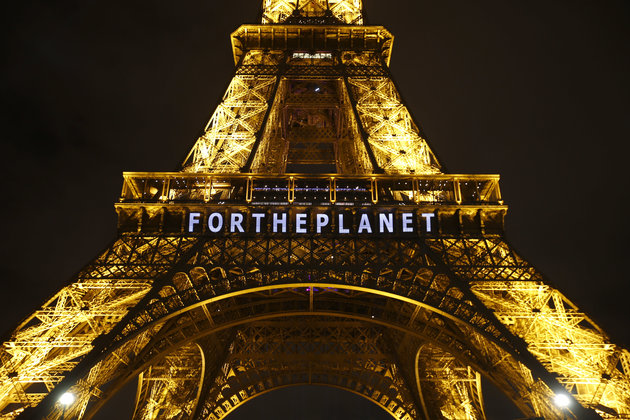 ¶ For an analysis of the recently concluded “Paris Agreement” on climate change, see Tim Donnell and James West, “World Leaders Just Agreed to a Landmark Deal to Fight Global Warming," Mother Jones.
¶ For an analysis of the recently concluded “Paris Agreement” on climate change, see Tim Donnell and James West, “World Leaders Just Agreed to a Landmark Deal to Fight Global Warming," Mother Jones.
¶ “The most inspiring moment of December 12 was not the adoption of the United Nations Paris agreement but the sight of more than 20,000 people on the streets, building the power of the people, demanding climate justice and an end to dirty energy.” —Jagoda Munic, Common Dreams
¶ Animated video map (2:25 minutes) of what the Earth would look like if all the ice melted.
¶ “Historically, the transition from one energy system to another, as from wood to coal or coal to oil, has proven an enormously complicated process, requiring decades to complete. In similar fashion, it will undoubtedly be many years before renewable forms of energy replace fossil fuels as the world’s leading energy providers. Nonetheless, 2015 can be viewed as the year in which the epochal transition from one set of fuels to another took off.” —Michael T. Klare, “A New World Beckons”
¶ Market prophecy? “Fossil fuel stocks tumbled while renewable energy soared on Monday, the first day of trading after global leaders cemented their landmark climate pact in Paris.” —Lauren McCauley, C ommon Dreams
ommon Dreams
¶ “If it’s melted, it’s ruined.” Top 5 important and hopeful things about the Paris talks, from Ben & Jerry’s activism manager (1:39 video—scroll down a bit).
¶ “Every year the problems are getting worse. We are at the limits. If I may use a strong word I would say that we are at the limits of suicide.” —Pope Francis, Reuters, commenting to reporters on the climate crisis during a news conference aboard the plane bringing him back to Rome from his Africa visit
¶ For an a cappella, tight-harmonied, country-flavored arrangement of “O Holy Night” by Home Free.
¶ It was big news in 2007 when China became the world’s largest emitter of carbon dioxide, surpassing the US. What isn’t often noted is the fact that China has a population more than four times that of the US. In other words, the average US citizen is responsible for 4.3 times as much pollution as the average Chinese.
¶ Modern incarnation image. One of the strategies for undermining theological hubris is widening our images of God’s purpose, presence and provision. The accent is on expansive images, not simply “inclusive” ones.
Take this one, for instance, of Lek, an Elephant Nature Park (ENP) keeper, singing a lullaby to Faa Mai, an elephant under her care. Can you picture God tending us in this way?
By the way, ENP, in Chaing Mai, Thailand, rescues elephants from tourist and illegal mining operations, allowing them to live  out their days in a natural habitat.
out their days in a natural habitat.
¶ Preach it. “We need to build the movement even bigger in the coming years, so that the Paris agreement turns into a floor and not a ceiling for action.” —Bill McKibben, New York Times
¶ War’s edge context of “It Came Upon a Midnight Clear.” The Christmas hymn was written by Unitarian minister Edmund Hamilton Sears (1810-1876) in the days leading up to the Civil War. The song’s original third stanza is missing in most hymnals: “But with the woes of sin and strife / The world has suffered long; / Beneath the angel-strain have rolled / Two thousand years of wrong; / And man, at war with man, hears not / The love-song, which they bring: / O hush the noise, ye men of strife, / And hear the angels sing!” —Michael Hawn, “History of Hymns: ‘It Came Upon a Midnight Clear’”
¶ Call to the table. “In the Bleak Midwinter” by Pierce Pettis.
¶ Just for fun. “Deck the Halls” inspired fun from the Shawnee Mission East High School Choir (3 minutes).
¶ Lectionary for Sunday next. “Clothe yourselves with royal attire: With compassion, kindness, humility, meekness and patience. Bearing with one another in the midst of disagreement, Forgiving one another in the aftermath of conflict. Having known forgiveness, by the One whose breath fills our lungs, we are granted the power to forgive others.” —continued reading Ken Sehested’s “Only this is sure,” a litany for worship inspired by Colossians 3:12-17
¶ Altar call. “There’s a light, there’s a light in the darkness / And the black of the night cannot harm us / We can trust not to fear for our comfort is near / There’s a light, there’s a light in the darkness.” —“There’s a Light,” performed by Beth Nielsen Chapman, Emmylou Harris, Pat Benatar, Sheryl Crow and Shea Seger
 ¶ Benediction. Samford University’s a cappella choir singing Jan Sandström’s stunning arrangement of “Lo, How a Rose E’er Blooming.”
¶ Benediction. Samford University’s a cappella choir singing Jan Sandström’s stunning arrangement of “Lo, How a Rose E’er Blooming.”
¶ Recessional. Go for it. “Hallelujah Chorus” from Handel’s “Messiah,” the Royal Choral Society and Royal Philharmonic Orchestra.
# # #
Featured this week on prayer&politiks:
• “Call to Adventing,” a call to worship for Advent by Abigail Hastings
• “Keeping Watch: The angels’ appearance to the shepherds,” an Advent litany inspired by Luke 2
• “The Singing of Angels,” an Advent poem
• “Note to a friend, Rabbi Douglas,” email exchange with Ken Sehested
• “Only this is sure,” a litany for worship inspired by Colossians 3:12-17
¶ A word from Gerald, prayer&politiks’ guardian angel. “Masterful, insightful, powerful, courageous, moving writing,” is what Bill, a religious journalist and editor, wrote about Ken Sehested’s “Undo the folded lie: Notes on the reckless folly of our season.” And Mandy, a pastor, wrote “Thank you for lending your wise and prophetic words. I needed to hear them, and, am sharing because I know there are others who need to he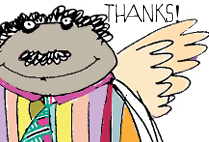 ar them too.”
ar them too.”
These are among the reasons for supporting prayer&politiks, through your contributions of financial support and/or by circulating material from the site to your friends and contacts along with your own endorsement.
©Ken Sehested @ prayerandpolitiks.org. Language not otherwise indicated above is that of the editor. Don’t let the “copyright” notice keep you from circulating material you find here (and elsewhere in this site). Reprint permission is hereby granted in advance for noncommercial purposes.
Your comments are always welcomed. If you have news, views, notes or quotes to add to the list above, please do. If you like what you read, pass this along to your friends. You can reach me directly at klsehested@gmail.com.
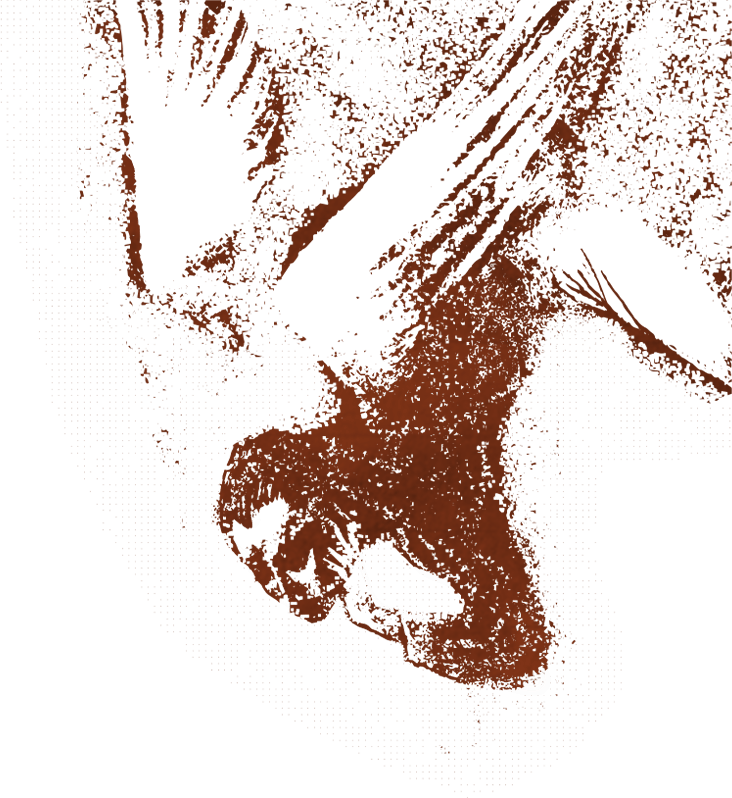
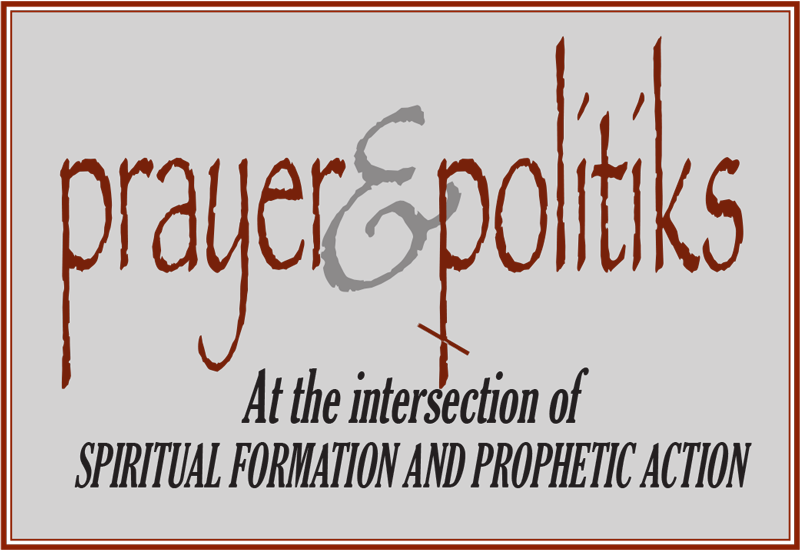
 ¶ A full moon will rise on Christmas for the first time since 1977, only the ninth in US history. The next coincidence won’t occur until 2034.
¶ A full moon will rise on Christmas for the first time since 1977, only the ninth in US history. The next coincidence won’t occur until 2034. Mile in Her Hijab.” Over a dozen non-Muslim girls agreed to wear a traditional Islamic head scarf to better understand the Muslim faith and life as a Muslim woman.” —
Mile in Her Hijab.” Over a dozen non-Muslim girls agreed to wear a traditional Islamic head scarf to better understand the Muslim faith and life as a Muslim woman.” —
 reasons for going to war: To stamp out terrorism, install democracy, eliminate fascism, and most delusionally to ‘rid the world of evil-doers.’” —Arundhati Roy in “
reasons for going to war: To stamp out terrorism, install democracy, eliminate fascism, and most delusionally to ‘rid the world of evil-doers.’” —Arundhati Roy in “ specifically mentioning those inspired by Pope Francis’ encyclical on the environment,
specifically mentioning those inspired by Pope Francis’ encyclical on the environment,  ¶ For an analysis of the recently concluded “Paris Agreement” on climate change, see Tim Donnell and James West, “
¶ For an analysis of the recently concluded “Paris Agreement” on climate change, see Tim Donnell and James West, “ ommon Dreams
ommon Dreams  out their days in a natural habitat.
out their days in a natural habitat. ¶ Benediction. Samford University’s a cappella choir singing Jan Sandström’s stunning arrangement of “
¶ Benediction. Samford University’s a cappella choir singing Jan Sandström’s stunning arrangement of “ ar them too.”
ar them too.”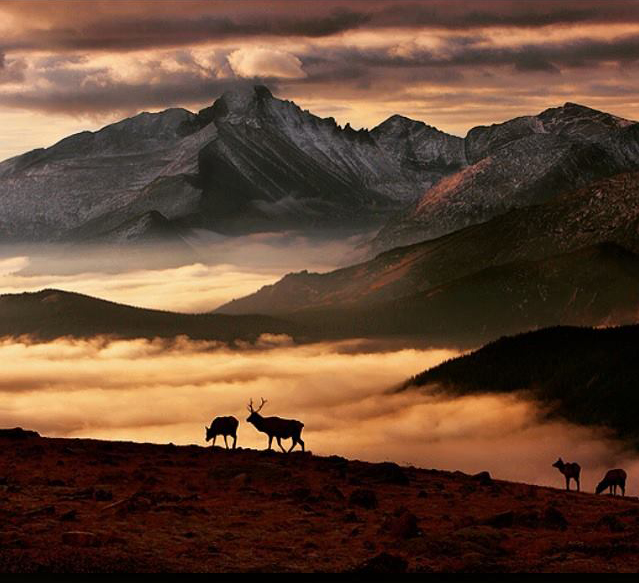 Ken Sehested's Advent poem, "
Ken Sehested's Advent poem, "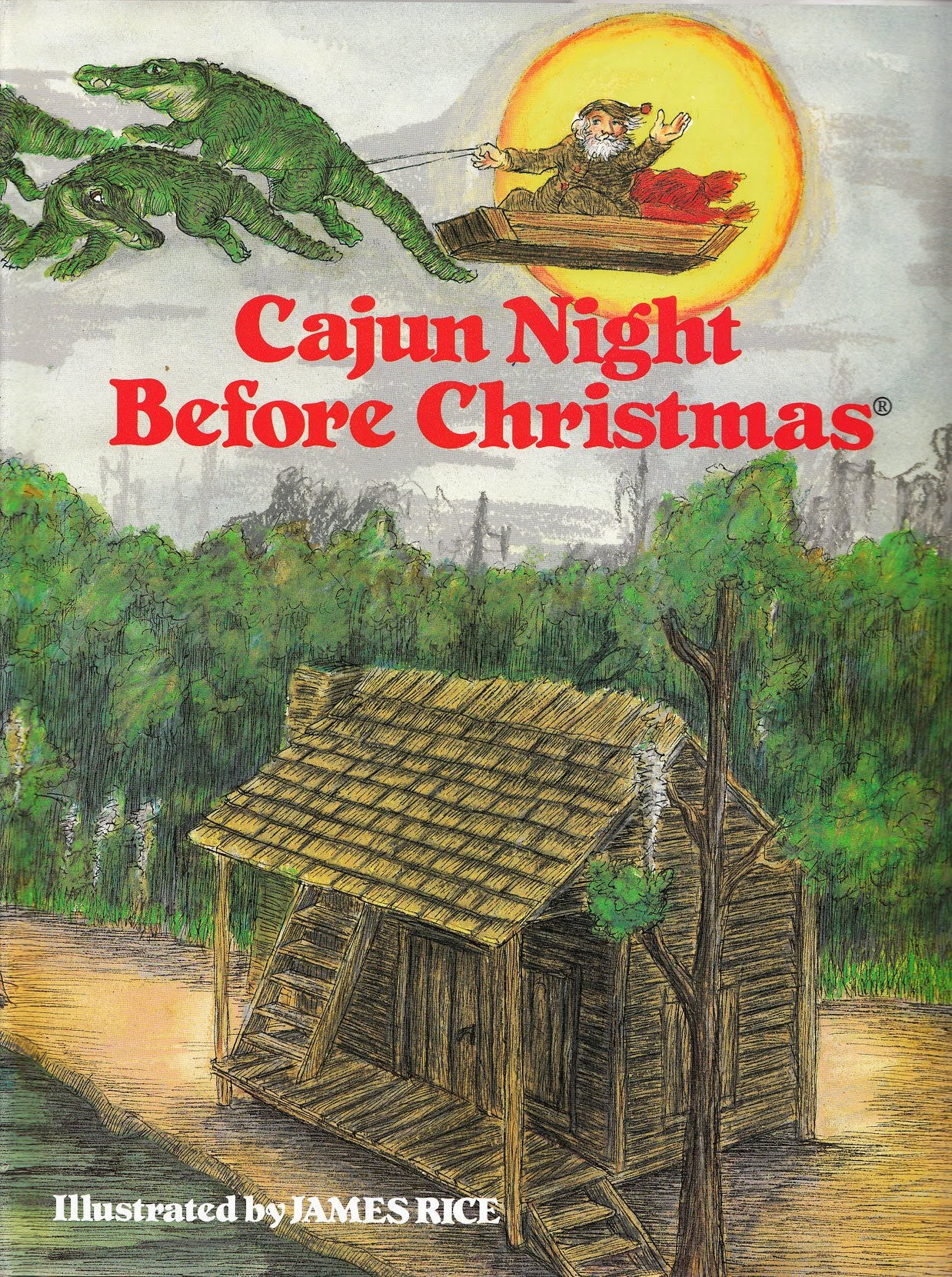 read
read  acts of violence. And we are appalled by the surge of divisive rhetoric that sows the seeds of more violence to come.’” —
acts of violence. And we are appalled by the surge of divisive rhetoric that sows the seeds of more violence to come.’” —
 that stood in the Jerusalem Temple. It became a symbol of Judaism and is carved into one of the gates of Rome as a symbol of the Roman conquest of Judea in 70 C.E.
that stood in the Jerusalem Temple. It became a symbol of Judaism and is carved into one of the gates of Rome as a symbol of the Roman conquest of Judea in 70 C.E. •”The divide between the "haves" and the "have-nots" in the United States has never been so vast, with a new report out Tuesday revealing that the nation's 20 richest individuals own more wealth than the entire bottom half of the population. “
•”The divide between the "haves" and the "have-nots" in the United States has never been so vast, with a new report out Tuesday revealing that the nation's 20 richest individuals own more wealth than the entire bottom half of the population. “ statements on the small bloody bodies at Newtown that "obviously we are all shocked” but hey they're obliged to “respond to market pressures.”
statements on the small bloody bodies at Newtown that "obviously we are all shocked” but hey they're obliged to “respond to market pressures.”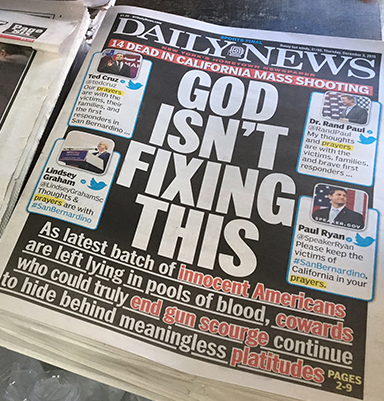 expressed concern over violation of constitutional rights. —see more at
expressed concern over violation of constitutional rights. —see more at 